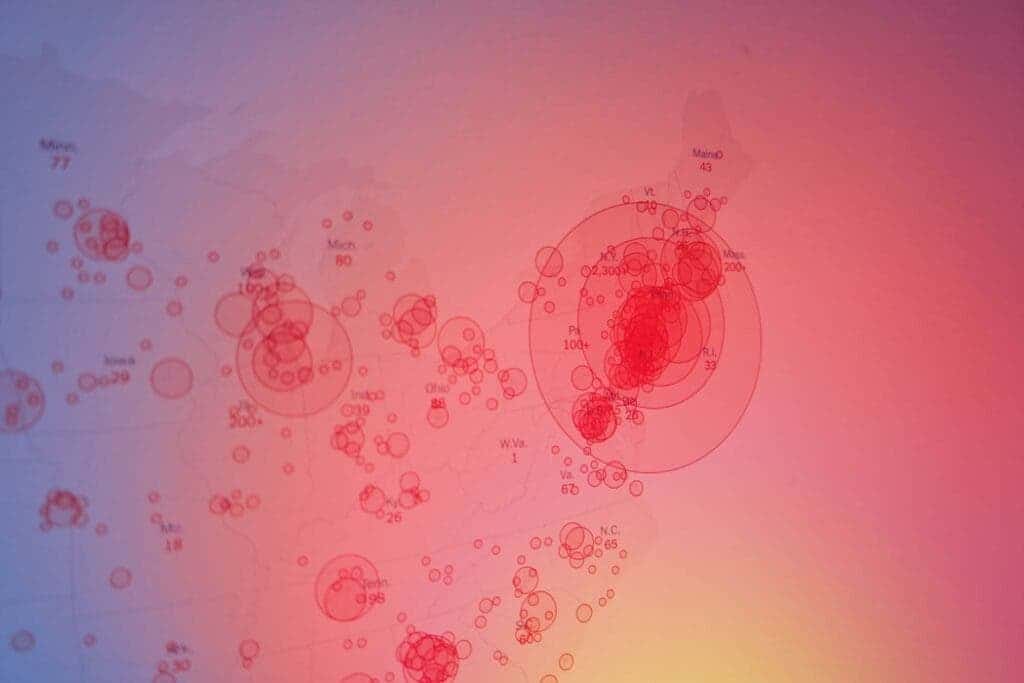Early herd immunity is a dangerous misconception. There will be no such thing this year, two Johns Hopkins researchers warn.

While researchers have been clear about the threats regarding COVID-19, disinformation has steadily crept across the media. It’s not uncommon for commentators, often without any scientific or medical backing, to spread confusing or outright false ideas about the pandemic.
“We have listened with concern to voices erroneously suggesting that herd immunity may “soon slow the spread” of COVID-19,” wrote David Dowdy and Gypsyamber D’Souza, from the Department of Epidemiology at Johns Hopkins Bloomberg School of Public Health.
“For example, [conservative commentator] Rush Limbaugh recently claimed that ‘herd immunity has occurred in California.’ As infectious disease epidemiologists, we wish to state clearly that herd immunity against COVID-19 will not be achieved at a population level in 2020, barring a public health catastrophe.”
Although there have been over 4 million confirmed COVID-19 cases worldwide (and the real number is certainly much higher), studies suggest that no more than 5% of any country’s population has been infected. Even in New York City, arguably the hardest hit area in the world, initial studies suggest that no more than 21% of the population has been exposed so far. To reach herd immunity, at least 70% of the population would need to be immune — which means that over 200 million Americans would have to get infected before we get this threshold.

If this does happen and the disease spreads to a substantial part of the total population in the absence of a vaccine, we can expect an absolute catastrophe.
It’s still not certain what the fatality rate of the disease is, but figures anywhere between 1% and 10% have been reported — which means that without a vaccine, there could be hundreds of thousands (or even millions) of fatalities before herd immunity is achieved. Put another way, even if the current pace of the disease continues in the US, with over 30,000 cases a day, herd immunity won’t be achieved anytime in 2020.
To put it bluntly, if we brute force our way through this disease without effective treatments or vaccines, millions of people worldwide will almost certainly lose their lives.
Limbaugh is far from the only commentator to downplay the risks of reopening society and touting that areas are nearing herd immunity. But for now, at least, herd immunity is not an achievable objective. Sure, in time — and hopefully with a proper vaccine — we can start thinking about herd immunity and a way to thoroughly suppress the virus worldwide. But at this moment, this is not an option we can consider.
Without a proper testing capacity, social distancing measures, adequate hospital capacity, and widely used protective measures such as face masks, returning to normality will only make things worse.
The Johns Hopkins researchers also mention the “chickenpox infection parties” of the 1970s and 1970s. These infection parties were essentially social activities where children were deliberately exposed to a disease in the hope that they can get it and built an immunity to it. Pediatricians have long advised against this approach, citing dangers arising from possible complications associated with chickenpox, such as pneumonia or encephalitis.
Doing this is a horrible idea, the scientists explain — not only because COVID-19 is far more dangerous than chickenpox, but also because you are not only endangering yourself, but also the people around you.
“COVID-19 is 100 times more lethal than the chickenpox. For example, on the Diamond Princess cruise ship, the mortality rate among those infected with SARS-CoV-2 was 1%. Someone who goes to a “coronavirus party” to get infected would not only be substantially increasing their own chance of dying in the next month, they would also be putting their families and friends at risk. COVID-19 is now the leading cause of death in the United States, killing almost 2,000 Americans every day.8 Chickenpox never killed more than 150 Americans in a year,” the researchers conclude.


